Odisha Matrimony
by iMarriagesOdisha matrimony site.
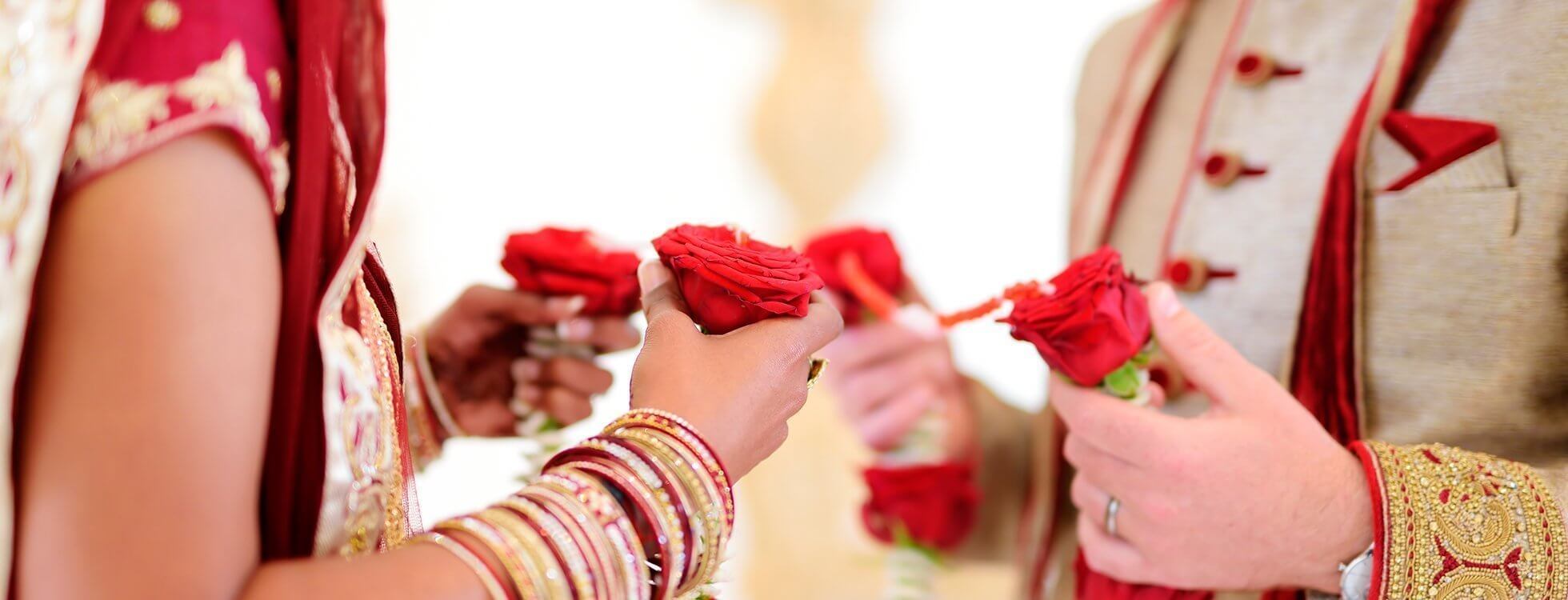

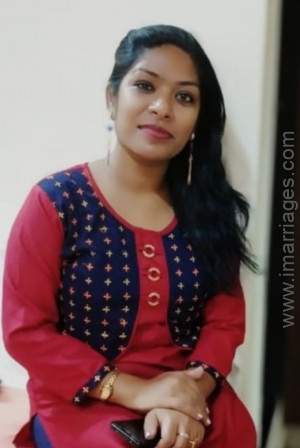
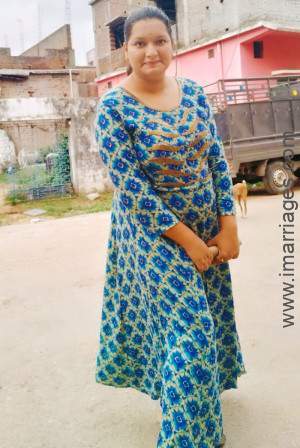
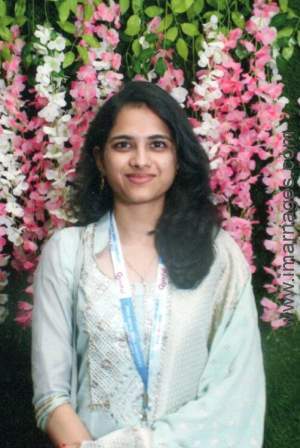
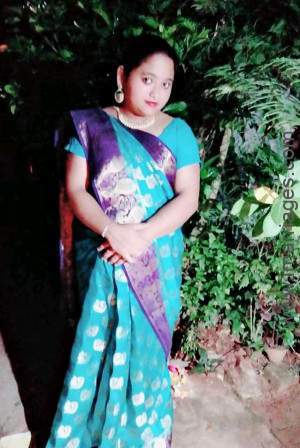


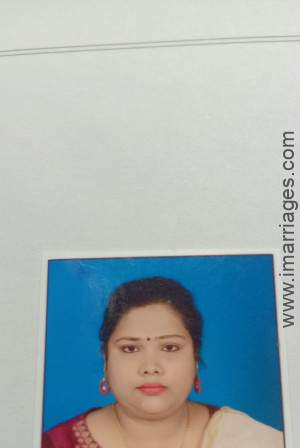
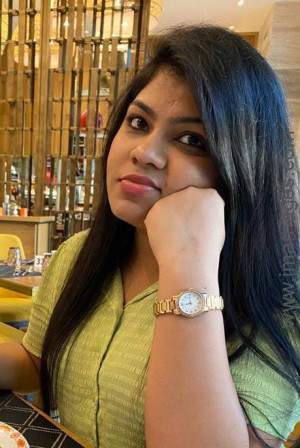
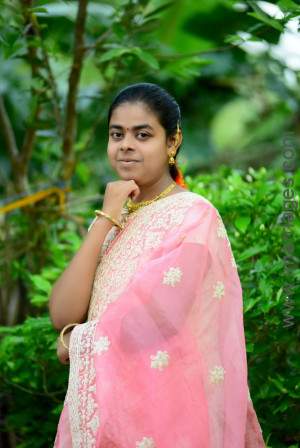
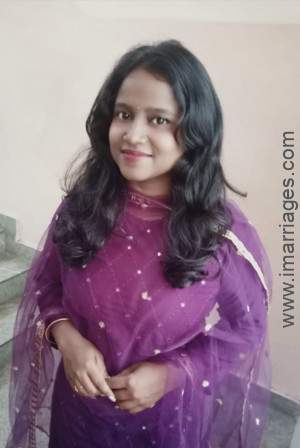
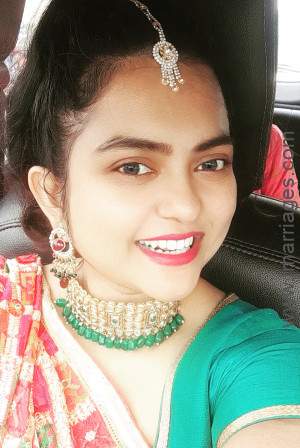
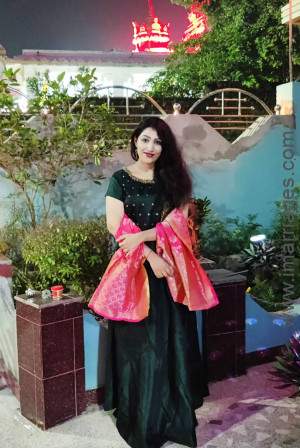
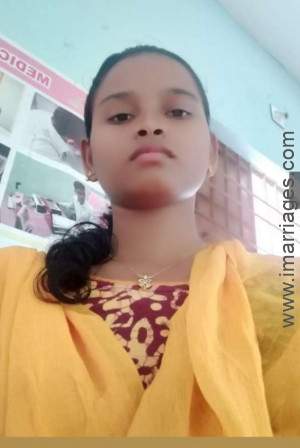
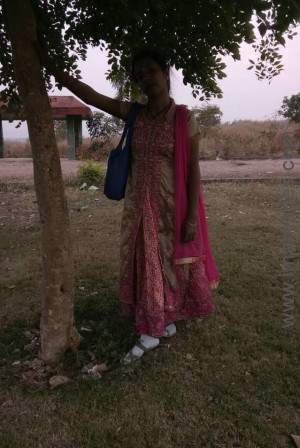
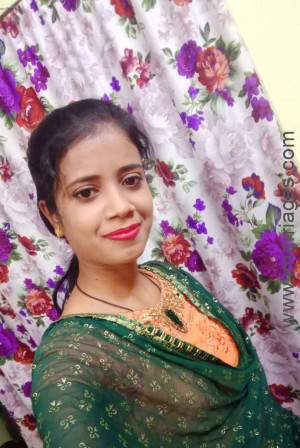
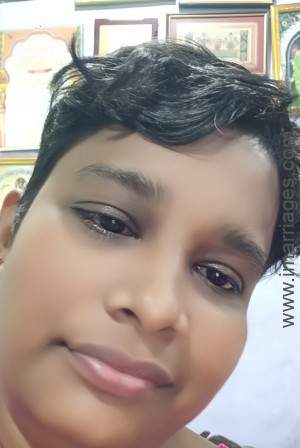

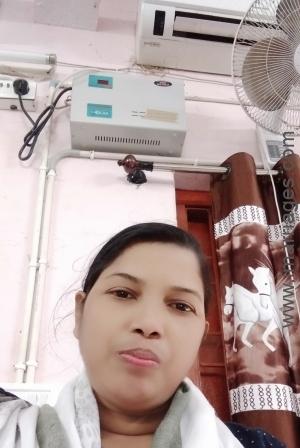

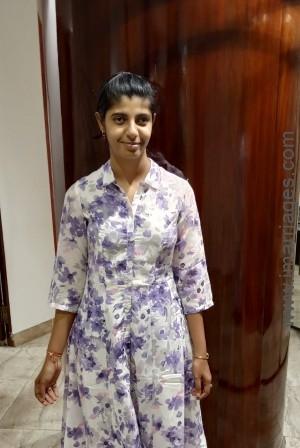
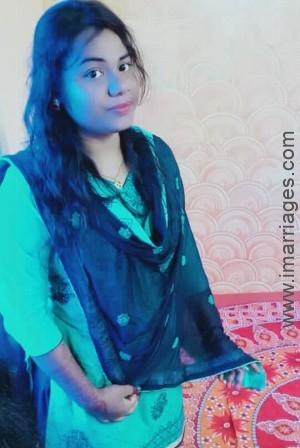
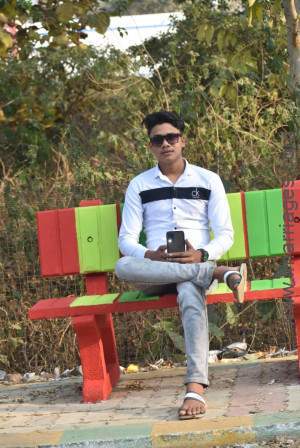
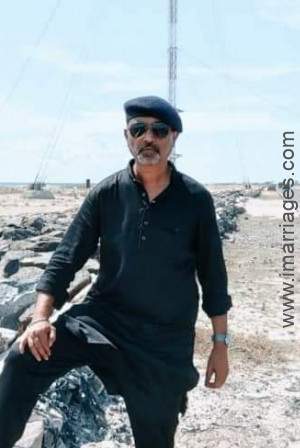
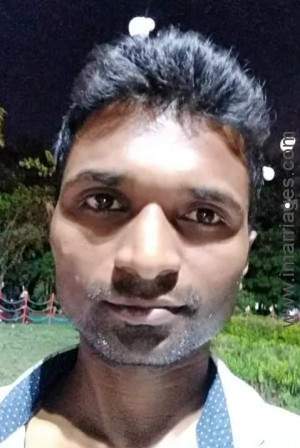
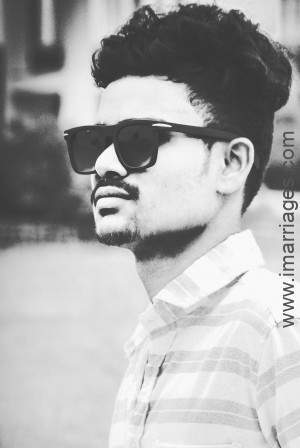
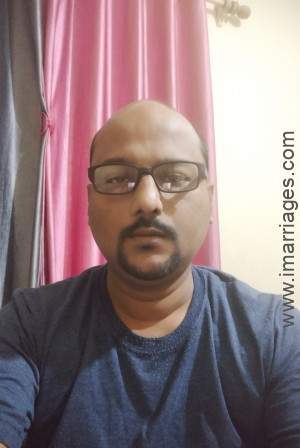
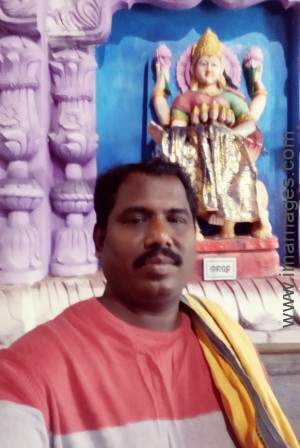
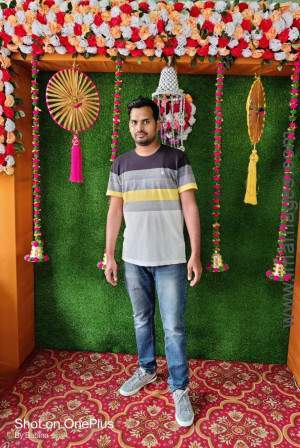
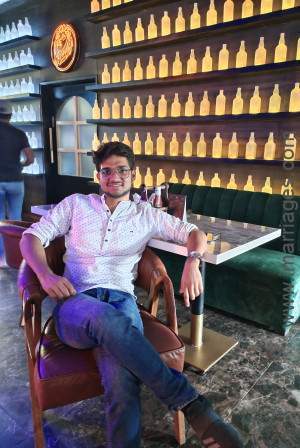
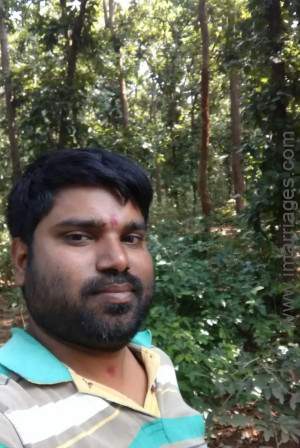
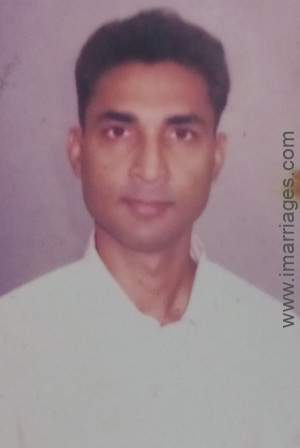
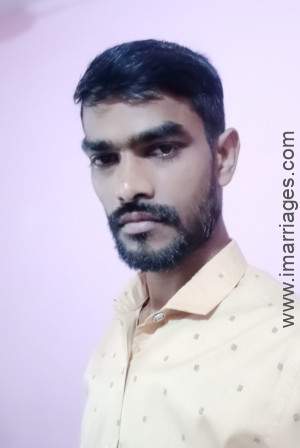

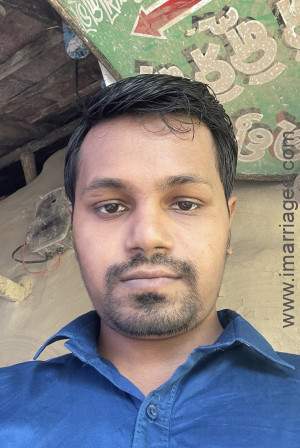



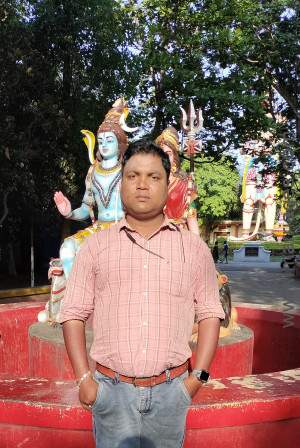
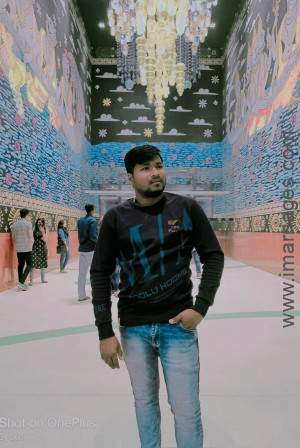
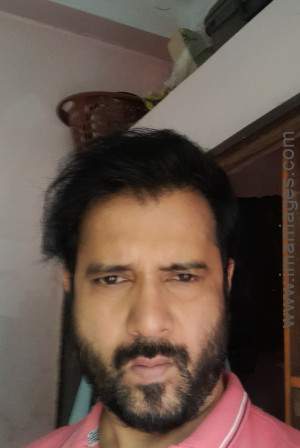
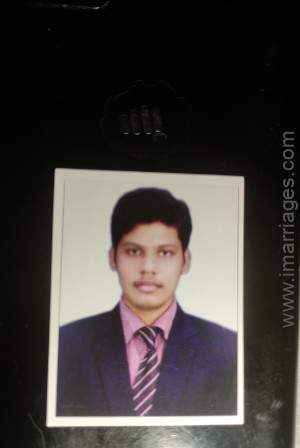

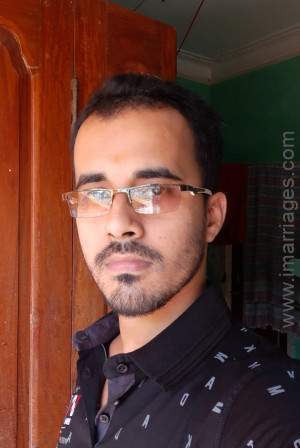

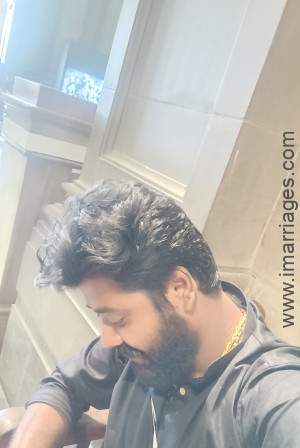
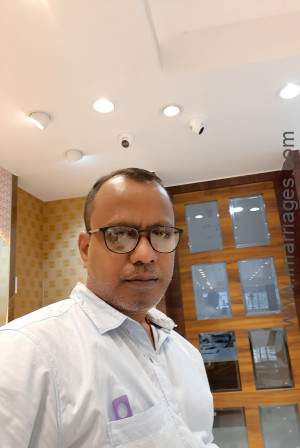
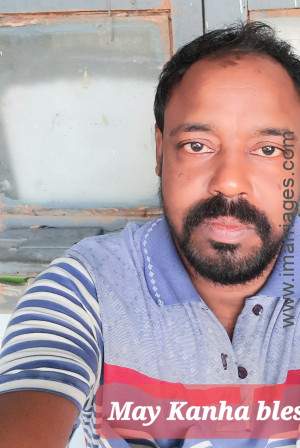
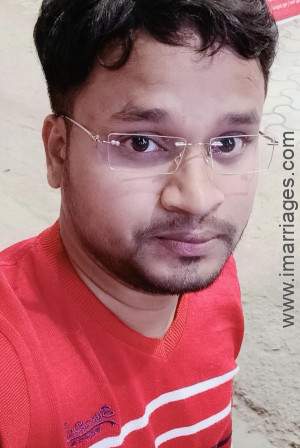
Welcome to Orissa Matrimony, a free matrimony service by iMarriages for brides and grooms living in the state of Orissa.
Here are some of our features:
Odisha is an ancient land with a rich history. As the people of Orissa being ruled by various rulers thus their present living style reflects an amalgamation of different cultures. The great monuments and their artwork all are an example of traditional heritage of Orissa. Just like its historical beauty, Orissa matrimony is also a simple and unique affair. Orissa matrimony is a blend of diverse rituals with deep spiritual meaning.
Although most population including tribal one follows the customs and traditions pertaining to the Hindus (93.63%) there are other communities also particularly Christians (2.77%). Let's take a ride of words to witness the soulful marriage ceremonies of different communities in Orissa.
Marriage rituals among Hindu communities of Orissa – a true blend of Aryans and Dravidians culture
Orissa stands as a coastal corridor between northern and southern India thus the Hindu marriage rituals among people of Orissa is a mixture of Aryans of north and Dravidians of the south.
The wedding rituals start with Nirbandh which is a formal engagement during which father of both the bride and the groom promises to marry their children. Gifts and sweets are exchanged between the elders of the family and interestingly the couple is not a part of this ritual. After the printing of wedding invitation cards, the Jayee anukolo ritual is performed during which the first card is presented to Family deity or Lord Jagganath of Puri followed by second to the maternal uncle of the bride and groom. After distribution of wedding cards prior to D-day Mangan ritual is observed during which Haladi bata (turmeric paste) is applied to bride and groom by seven married ladies of the family. This is followed by a ceremonial bath. This ritual is meant for the beautification of the couple before marriage.
On the dawn of the wedding day, the Diya mangal puja ritual is performed during which the wedding dress of bride including jewelry, sindoor, and bangles are present before the Goddess of the nearby temple to ward off any evil eye from them. This puja is carried out by the female barber of the family. At the same time at groom's place, the groom and his wedding procession are getting ready to set off for the wedding venue. Once the groom reaches the venue the Barajatri ritual is performed which means welcoming of the groom and his procession. The bride's mother performs an aarti and applies tilak on the forehead of the groom. The groom and his party are then greeted inside the venue. The groom sits in the wedding Mandap then the bride enters escorted by female relatives and friends. The priest lit the ceremonial fire followed by the Kanyadaan ritual performed by the bride's father. This marks the giving away of his beloved daughter to the groom. Then a nuptial knot is tied between the ends of garments of the bride and the groom, the couple stands to take seven rounds around the Holy fire taking seven wedding vows. This is followed by worshipping seven heaps of rice symbolizing seven hardships of life. This is known as Saptapadi ritual. The couple then offers puffed rice to the fire god (lajahom). This ritual is completed amidst of shlokas and mantras and is known as Haatha ghanti. .Then the wedding is concluded with an application of Vermillion by the groom in the hair parting of the bride.
Post wedding rituals are fun-filled moments among the Orissa people. It starts with Sala bidha where the bride's brother punches the groom to remind him his duties towards his sister. This is followed by Kauri Khela which refers to playing of conch shells by the couple this is meant to bring happiness and prosperity to the married life of the couple. After the games are over, the mother of the bride makes the groom sit on her lap and feeds him rice and curd along with banana poda (spicy mashed eggplant). Then the bride bids a tearful goodbye from her family amidst of regional heart touching vidai songs known as Bahuna songs. When the couple reaches the groom's place they are welcomed by groom's mother and the bride is made to enter the household by gently spreading the rice kept in a vessel at the threshold as a symbol of prosperity. This ritual is known as Grihapravesha.
Marriage rituals among Christian communities of Orissa – a global tradition with Indian touch
Indian Christian wedding has its own charm in India and it is an important part of Indian culture. Similar to Hindu weddings Christian weddings also have various pre-wedding and post-wedding rituals.
The wedding starts with formal engagement in which couple exchange rings in presence of family and friends. This is followed by Bachelor and Hens a party which is organized by the brothers and friends of the groom to celebrate his last day as a bachelor. On the other hand, a similar kind of party is organized by the bride’s sisters and friends this is known as hen’s party. This is followed by Roce ceremony popularly known as Haldaat among Christian families in Orissa. The ceremony includes an application of the paste of turmeric and sandalwood on both bride and groom.
On the wedding day, the bride arrives at the wedding venue in a car sent by the groom. The bride's father escorts her to the groom who patiently waits for her. He hands over his daughter to the groom and gave his best wishes and blessings for their happy future. This is known as Bride reception which is quite similar to Kanyadaan in Hindu custom. This is followed by the mass prayer by the priest and Exchange of wedding vows between the bride and the groom.
Indian twist to Christian wedding: Traditionally, in Indian Christian wedding in Orissa the groom ties the ‘Mangalsutra’ around the neck of the bride instead of exchanging the rings. However, the trend of exchanging the ring is also gaining popularity among youngsters.
Popular cities within Odisha are below: